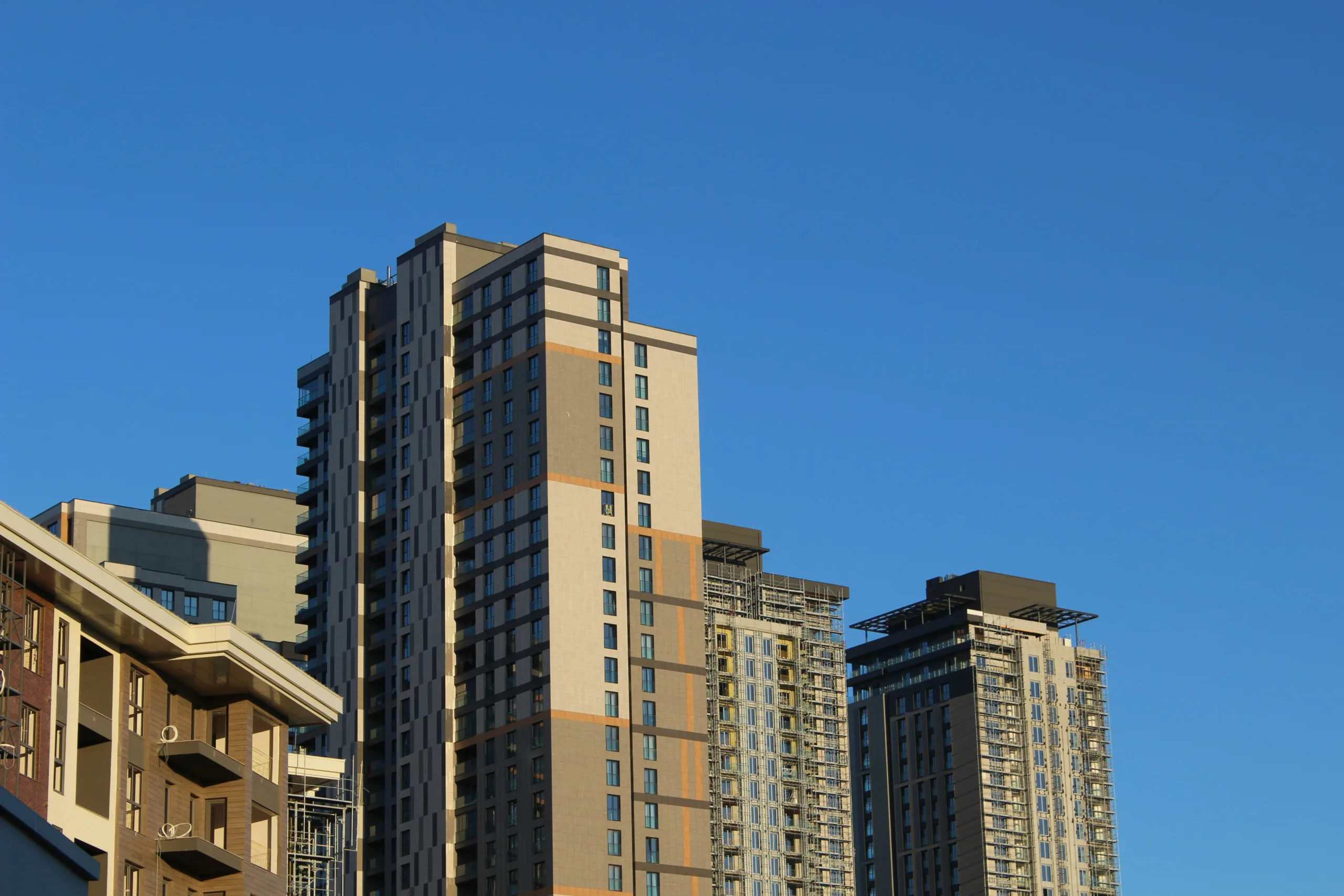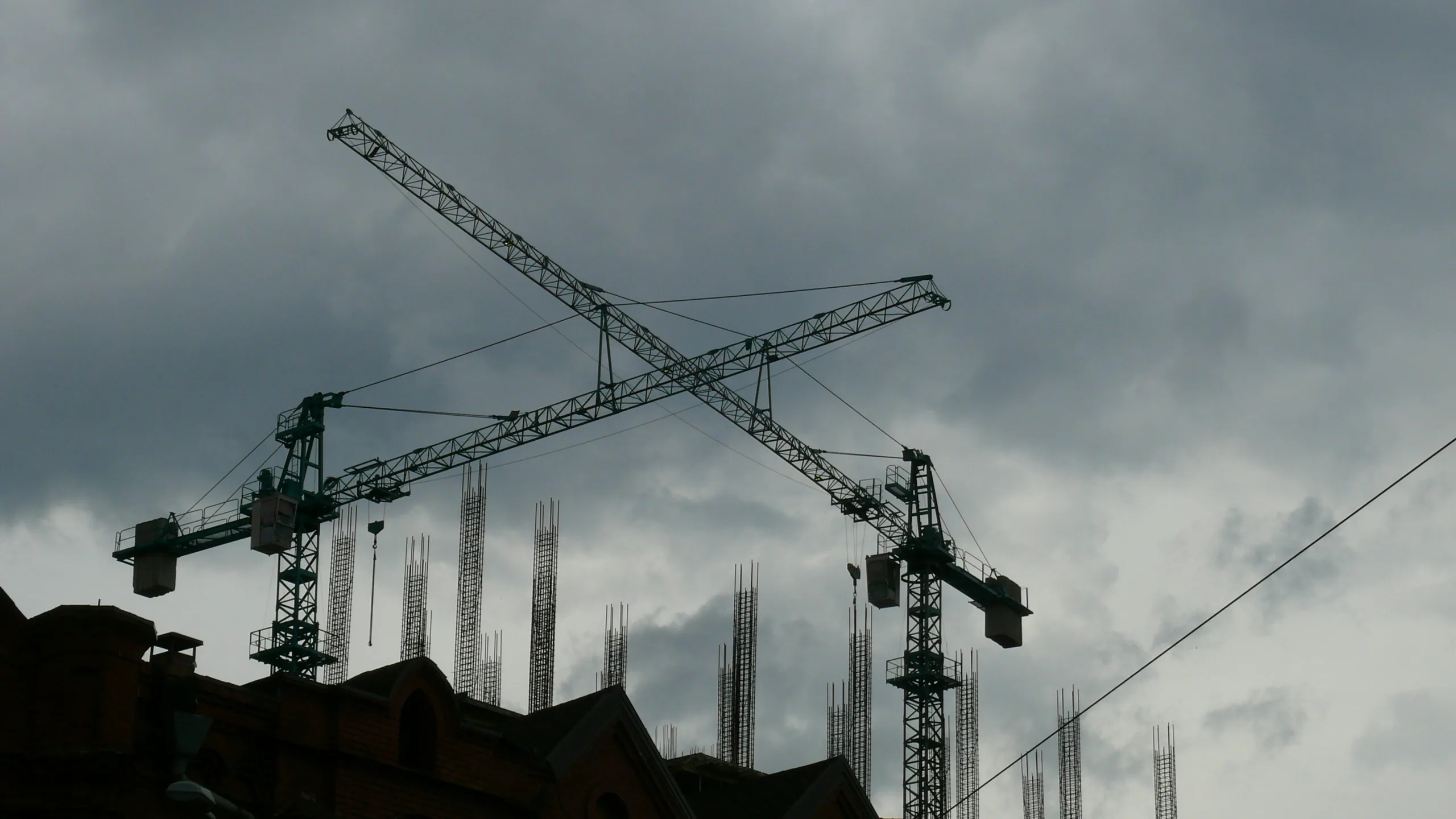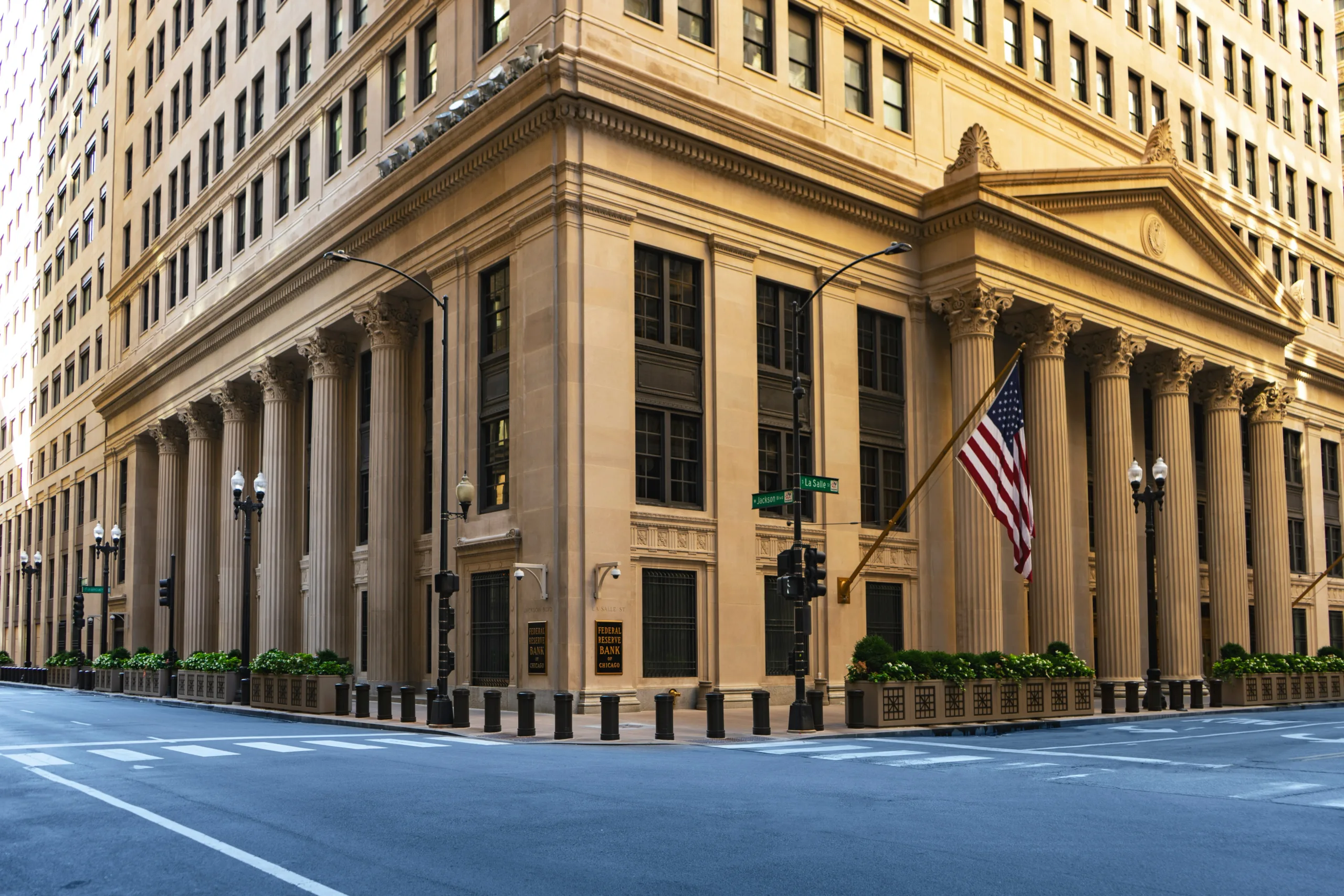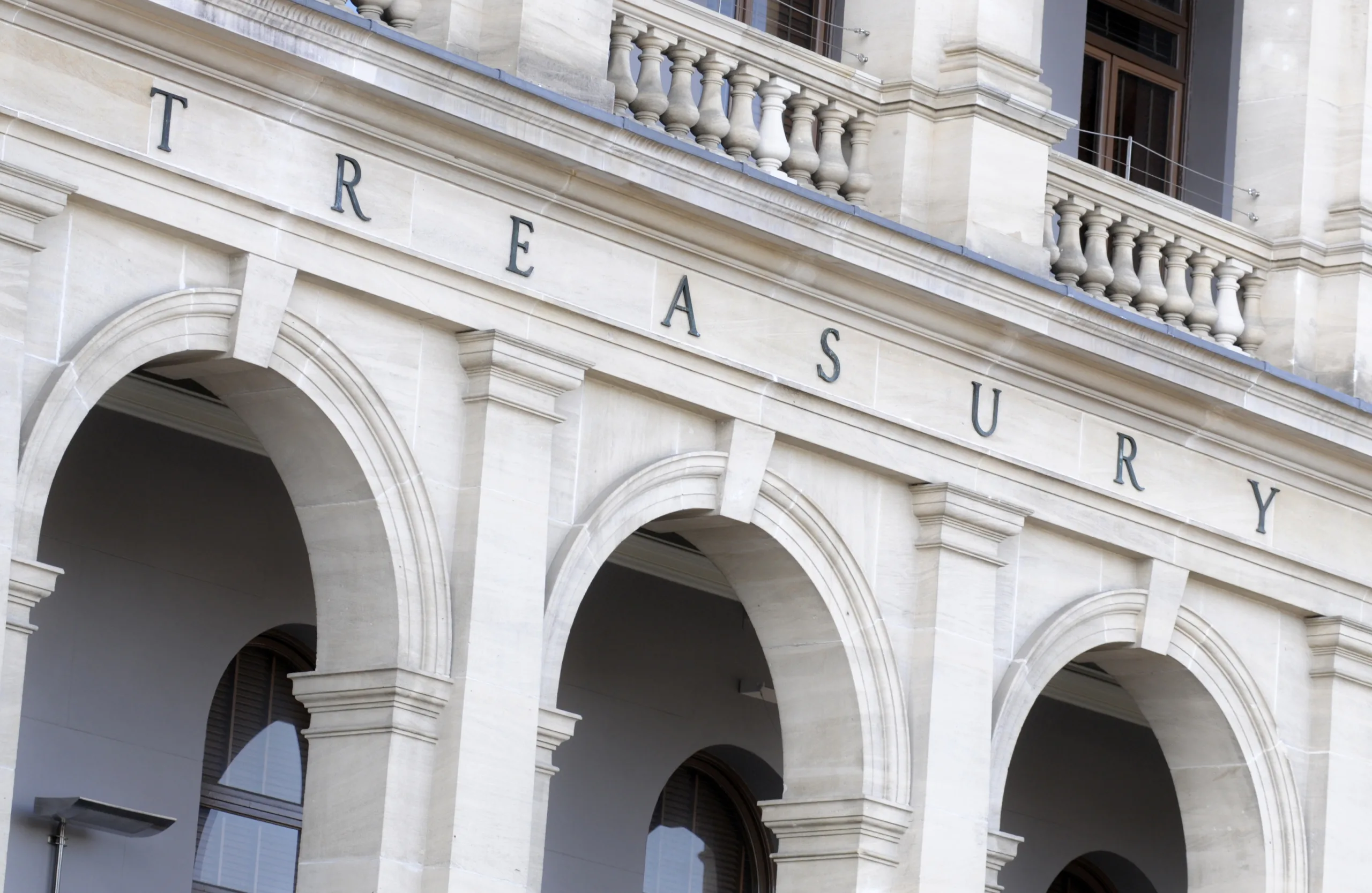- Uncertainty dominates the US real estate market, with both buyers and developers delaying decisions amid economic and policy ambiguity.
- Residential markets show mixed performance: rising inventories, stagnant or falling prices, and soft spring sales in several districts.
- Commercial activity remains subdued in most regions, with many deals delayed or stalled due to high financing costs and market hesitancy.
Real Estate Walks a Tightrope Across Fed Districts
According to GlobeSt, the July Beige Book from the Federal Reserve paints a portrait of a real estate sector standing still. Across the US, the tone is clear: caution is trumping confidence. Both residential and commercial real estate markets are facing elevated inventories, flat or falling prices, and a significant pullback in new construction — all tied together by the thread of uncertainty.
Residential: High Inventories, Soft Sales
Markets like Boston and Atlanta are seeing a jump in housing inventories, but buyers aren’t following. In Boston, rents have stabilized at low levels, discouraging investment, while Atlanta builders lean heavily on incentives to sell homes.
New York City reported rising rents and lower rental supply, yet construction activity declined due to high costs. Philadelphia, St. Louis, and Minneapolis all noted slow or flat spring selling seasons, with price instability limiting new activity.
In Chicago, single-family home starts dropped sharply, though multifamily rentals saw a slight lift. San Francisco continued to struggle with high rates, dampening single-family sales despite solid demand.
Get Smarter about what matters in CRE
Stay ahead of trends in commercial real estate with CRE Daily – the free newsletter delivering everything you need to start your day in just 5-minutes
Commercial: A Market on Pause
Commercial real estate is showing few signs of recovery in most districts. While Richmond, San Francisco, and Cleveland noted subdued or stagnant activity, some exceptions stood out. Kansas City saw modest industrial growth, and Dallas hinted at improved office leasing — albeit modest and early.
But many regions reported the same refrain: deals are delayed, inquiries are down, and confidence is low. The St. Louis district even warned of potential foreclosures for projects relying on refinancing at today’s higher interest rates.
Why It Matters
The Beige Book reflects a critical inflection point in US real estate. High mortgage rates, inflation uncertainty, and delayed rate cuts are pushing many to the sidelines. Builders and developers are increasingly risk-averse, while buyers are cautious about pricing.
As Fed districts continue to cite uncertainty as the dominant theme, the sector is unlikely to shift gears without clearer economic signals. For now, both residential and commercial markets appear stuck in a wait-and-see mode.
What’s Next
With the next rate cut still uncertain, real estate markets may remain in this holding pattern through the second half of the year. Builders, investors, and buyers alike are looking for signs of clarity from the Fed — but until then, expect more hesitancy and fewer bold moves in real estate.


















